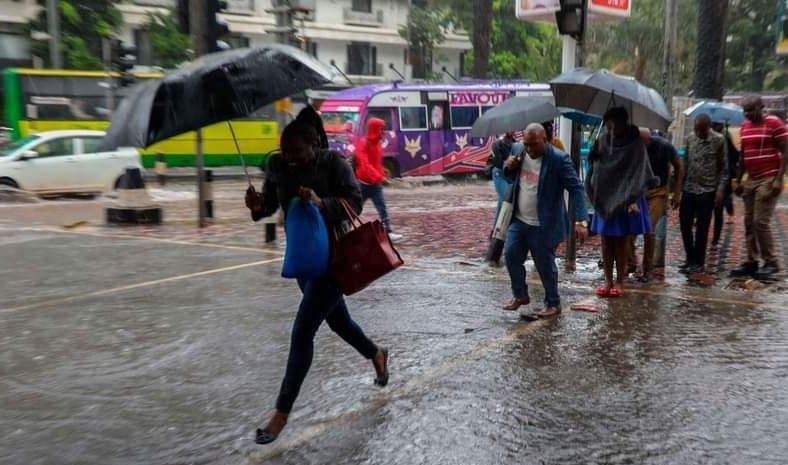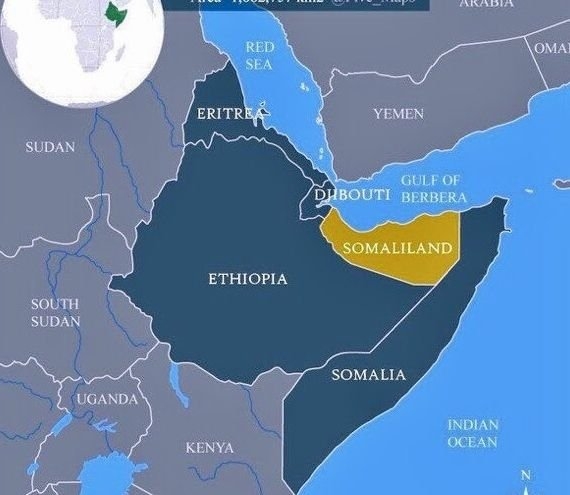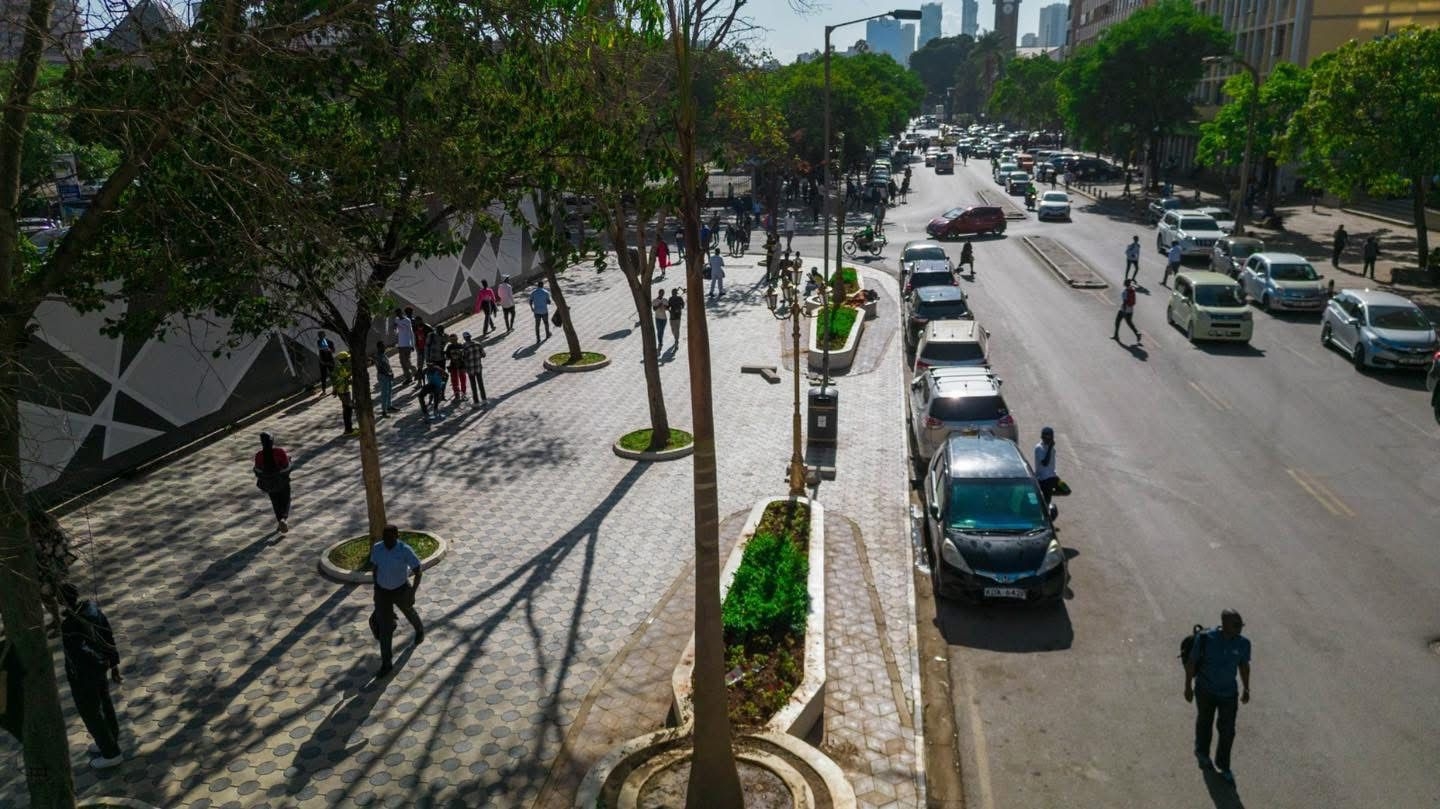Lamu residents will soon start enjoying increased supply of fresh water after the government on Monday announced plans to establish a desalination plant at the Lamu port.
The plant will be established by a private investor in partnership with the government, which will construct large water tanks at a cost of Sh240 million.
The plant will have a capacity to desalinate and supply a million litres of water per day, according to Kenya Ports Authority Lamu port project head Dan Amadi.
“We will be purifying the sea water to make it fit for household consumption and drinking,” Amadi said.
He spoke at the Lamu port during a tour by government spokesperson Cyrus Oguna.
Oguna said the Lapsset project is not only about the Lamu port but also other projects, which will come with a lot of benefits to residents and those neighbouring Lamu.
“The plant will help ease the water problems in Lamu,” Oguna said.
Lamu has been experiencing water problems. The few who can afford it have resorted to digging boreholes which have saline water.
In Manda Island, for example, there is only one well which is owned by a farmer.
Residents there depend on weekly delivery of freshwater by boats from nearby Lamu Island.
Hellen Achieng, a resident, told Thompson Reuters Foundation the delivery has also become erratic, sometimes going for two weeks without one.
This, according to Lamu Water and Sewerage Company managing director Kimani Wainaina, is because of the shortage of rainfall experienced in Lamu since last November.
Residents say they can go for two weeks without delivery of water by the water company, and even when it is delivered, each household is restricted to at most 40 litres, which they then have to make do with until the next delivery.
Wainaina said Lamu usually gets up to 80 per cent of the rains in a season by June.
This time, however, by June, the county had received only a fraction of that, about a tenth, according to Wainaina.
Lawasco has dug wells in different parts of the county from which they get fresh water to supply to the more than 145,000 residents in the county.
However, Wainaina noted that the lack of rainfall has doubled the water crisis in the county, especially now that even the wells are drying up.
“The water table keeps going down and in some parts, the water mixes with the ocean water, which makes it unsafe for drinking,” Wainaina said.
Engineer Amadi said once the desalination plant is up and running, the investor will be paid the same rate that Lawasco is paid.
“It will not be any cheaper or any more expensive,” he noted.
Oguna said the desalination plant will help reduce hospital expenses because there will be more clean water for the residents.
Residents have reported stomach upsets and other waterborne diseases because of consuming contaminated water.
The desalination plant will at first benefit residents in areas around the Lamu port including Kilalani, Mokowe and Hindi.
Kizito Aluko, a clinical officer, said residents have been catching waterborne diseases as a result of drinking from community wells, including amoebiasis—a type of dysentery—and bilharzia, an infection caused by a parasitic worm.
“Those cases are numerous because of the shortage of water,” Aluko told Thompson Reuters Foundation.
“The water in the wells is not safe for drinking. The only water that is safe is from Lawasco.”
-Edited by SKanyara














